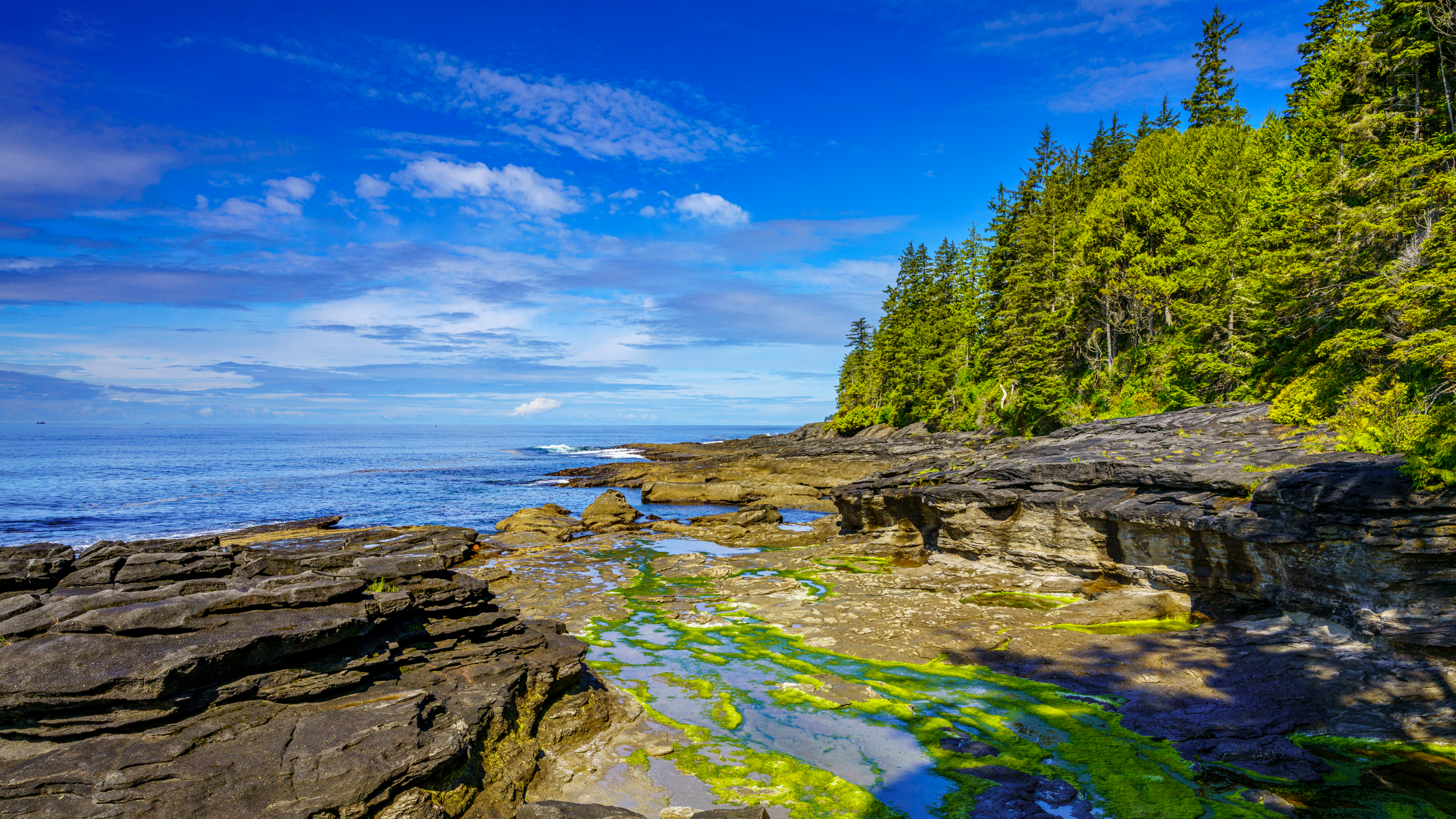Is an ice bath after running a good idea? We check out the benefits of a cold water dip
We ask the experts – and look at the evidence – if cold water can speed up recovery in runners
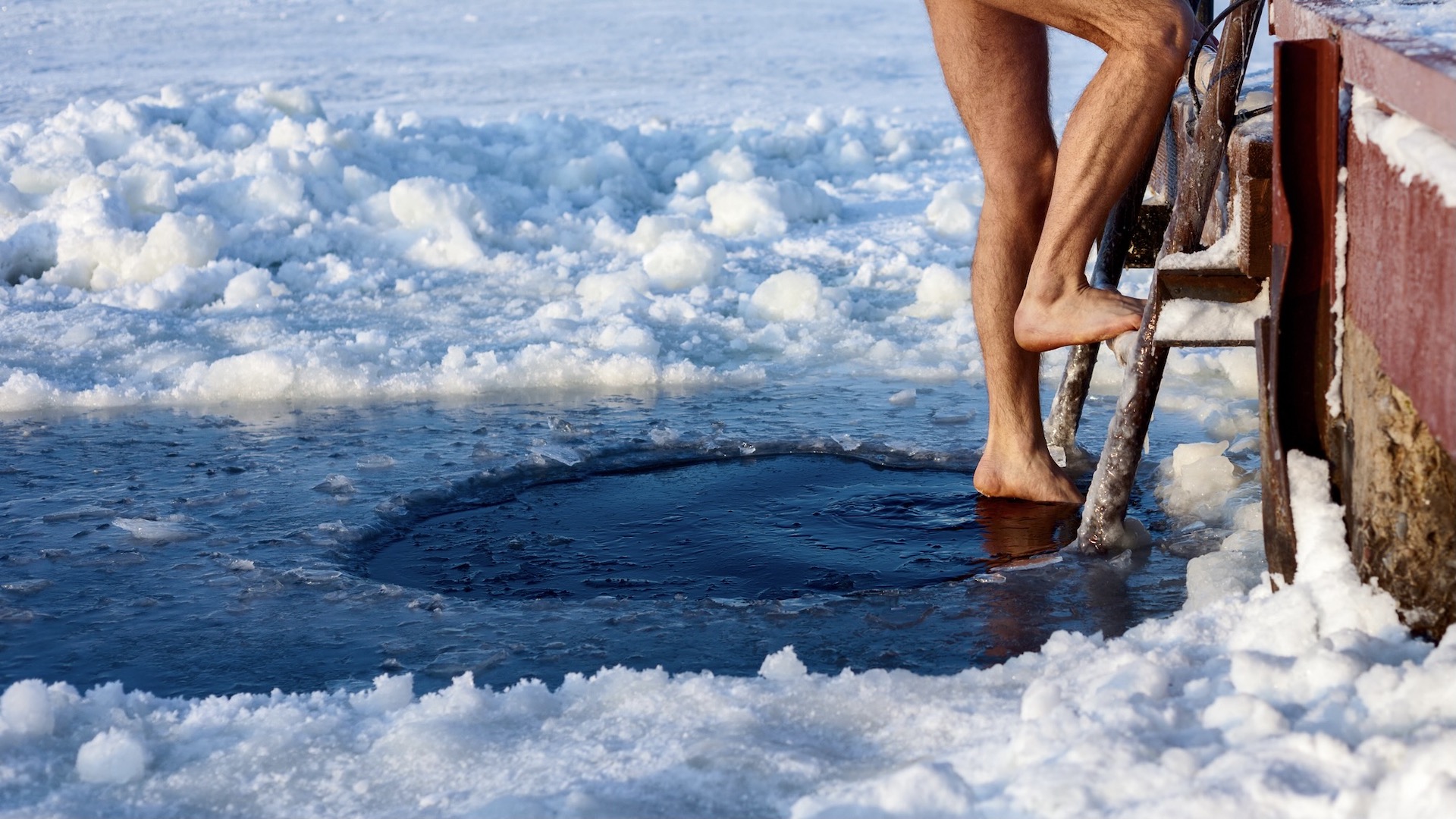
The practice of ice baths as an aid to recovery after exercise is not new but there does appear to be a growing weight of research in more recent years to show a range of benefits.
Indeed, few people in the UK can have avoided the enthusiasm of Wim Hof as he extols the benefits of cold water immersion, especially as the BBC launches a new programme, Freeze the fear with Wim Hof.
We take a look at the science and ask some experts for their views on the benefits of ice baths and cold water immersion for running recovery.
Ice baths: what’s the science?
In scientific terms, cold exposure is an example of hormesis. Dr Noel Young, a clinical innovation associate at Thriva with an interest in lifestyle and preventative medicine nutrition, explains: “Hormesis is a biological process where exposing yourself to a mild stress can give you overall health benefits. Intense exercise, such as HIIT, intermittent fasting and heat exposure are other examples.
“Cold exposure can take the form of an ice bath or getting into cold water and there is evidence to show to benefits for muscle recovery, mood and, it’s also suggested, the immune system.”
Ice baths and cold-water immersion are also described as a type of cryotherapy. The theory goes that cold therapy constricts blood vessels and decreases metabolic activity, which reduces swelling and tissue breakdown.
For runners, it’s specifically muscle recovery that many will be interested in. It can be very useful to improve the rate at which we can recover from a running session, especially one that puts muscles under stress, such as interval training and hill reps. It’s claimed, too, that cold water therapy can be useful in preventing muscle injuries for runners.
Advnture Newsletter
All the latest inspiration, tips and guides to help you plan your next Advnture!
Dr Young says: “Evidence suggests that cold exposure, such as getting into cold water or taking a cold shower, can help with muscle soreness after exercise, or delayed onset muscle soreness (DOMS).
“The reason for this is not entirely clear. It is thought to be due to either the blood vessels contracting, which helps flush out waste products like lactic acid, or due to altered perception of fatigue and muscle pain, or a reduction in swelling and inflammation. All of these may help to shorten recovery time.”
Hussain Abdeh, the clinical director and superintendent pharmacist at Medicine Direct, adds his explanation. He says: “Studies have shown that ice baths after endurance sports like running may lessen total muscle damage. It is believed that ice baths delay inflammation, which helps to prevent pain. Ice baths help to reduce swelling by reducing blood flow, which helps to reduce inflammation.
“In this way, ice baths may be useful for people who wish to avoid injury and keep their bodies in good working order.”
What’s more, research published in the Journal of Physiology in 2015 has shown that cold-water therapy can help you recover faster on strength-training days as well. Meanwhile, a 2012 review of 17 studies published in the Cochrane Database of Systematic Reviews found that “running-based exercises showed significantly larger effects in favour of cold‐water immersion”.
There is also the theory that cold water after working our bodies hard on a run is simply a great way to soothe hot and over-worked muscles.
Giulia Guerrini, the lead pharmacist from digital pharmacy Medino, said: “After a hard run, your overworked muscles can feel like they’re literally burning. Ice baths are ideal because when you submerge yourself in freezing water, you soothe all of those connected areas at once.
“Plus there are the benefits of an ice bath constricting blood vessels and reducing swelling and tissue breakdown. Once you get out, your tissue returns to regular body temperature with your increased blood flow speeding up circulation, jumpstarting the healing process faster.”
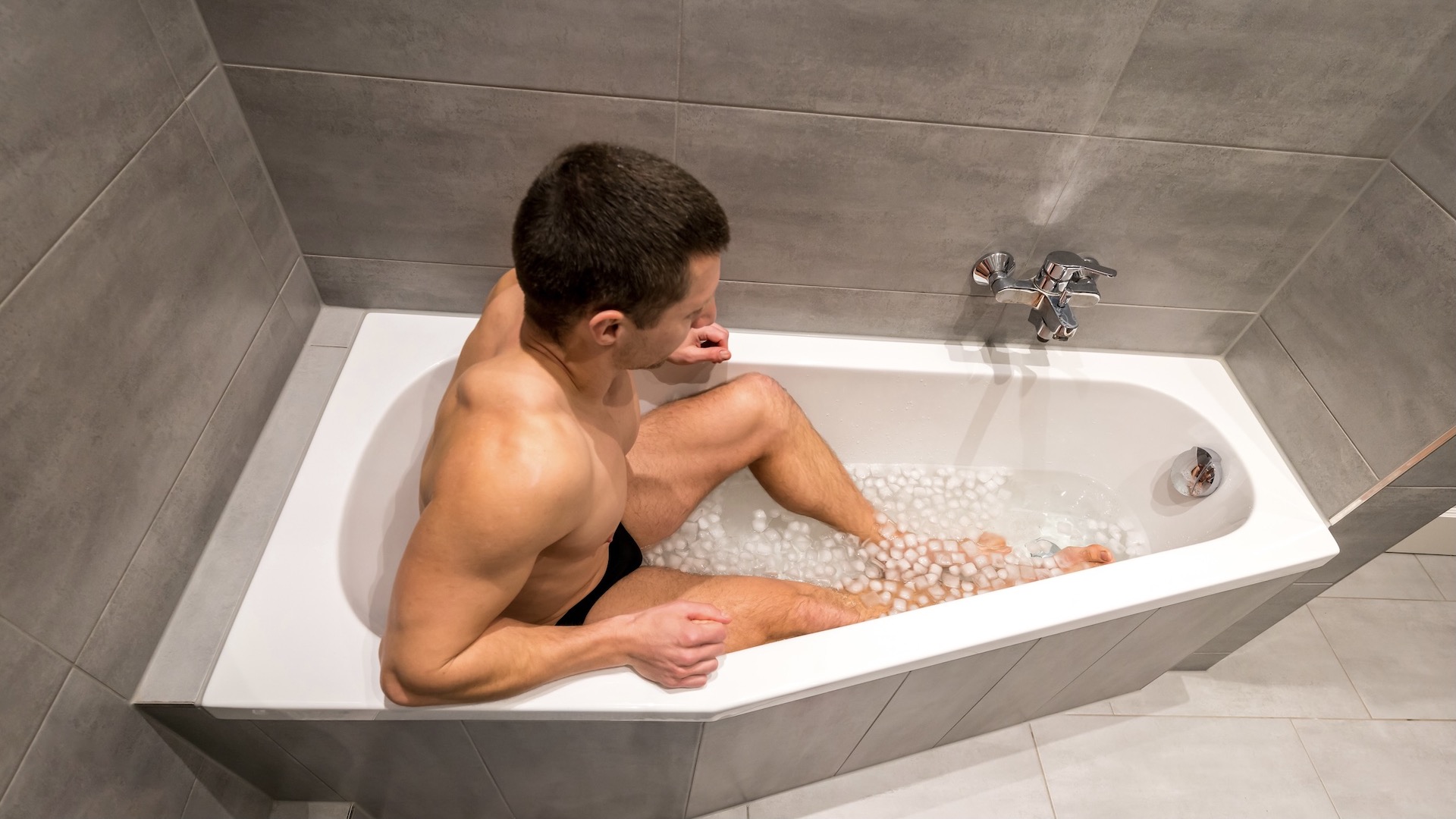
But ice baths may not always be the best idea...
There is also some research to show that ice baths may not be the best way to aid the recovery of all your muscles. In 2019, an article in the Journal of Physiology found that ice baths can hamper the generation of new protein in your muscles after resistance exercise.
As Abdeh points out, if people are aiming to build muscle mass, ice baths might not be an aid. He says: “Immersing yourself in cold water is shown to reduce blood flow, which may slow down muscle protein synthesis, the process of muscle rebuild after a strain or injury.”
In addition, a 2017 study in the Journal of Physiology found that ice baths are just as beneficial as active recovery for reducing muscle inflammation after exercise. This means that while ice baths have been shown to be effective, if you prefer to stay out of the cold water, there are other ways to achieve the same result.
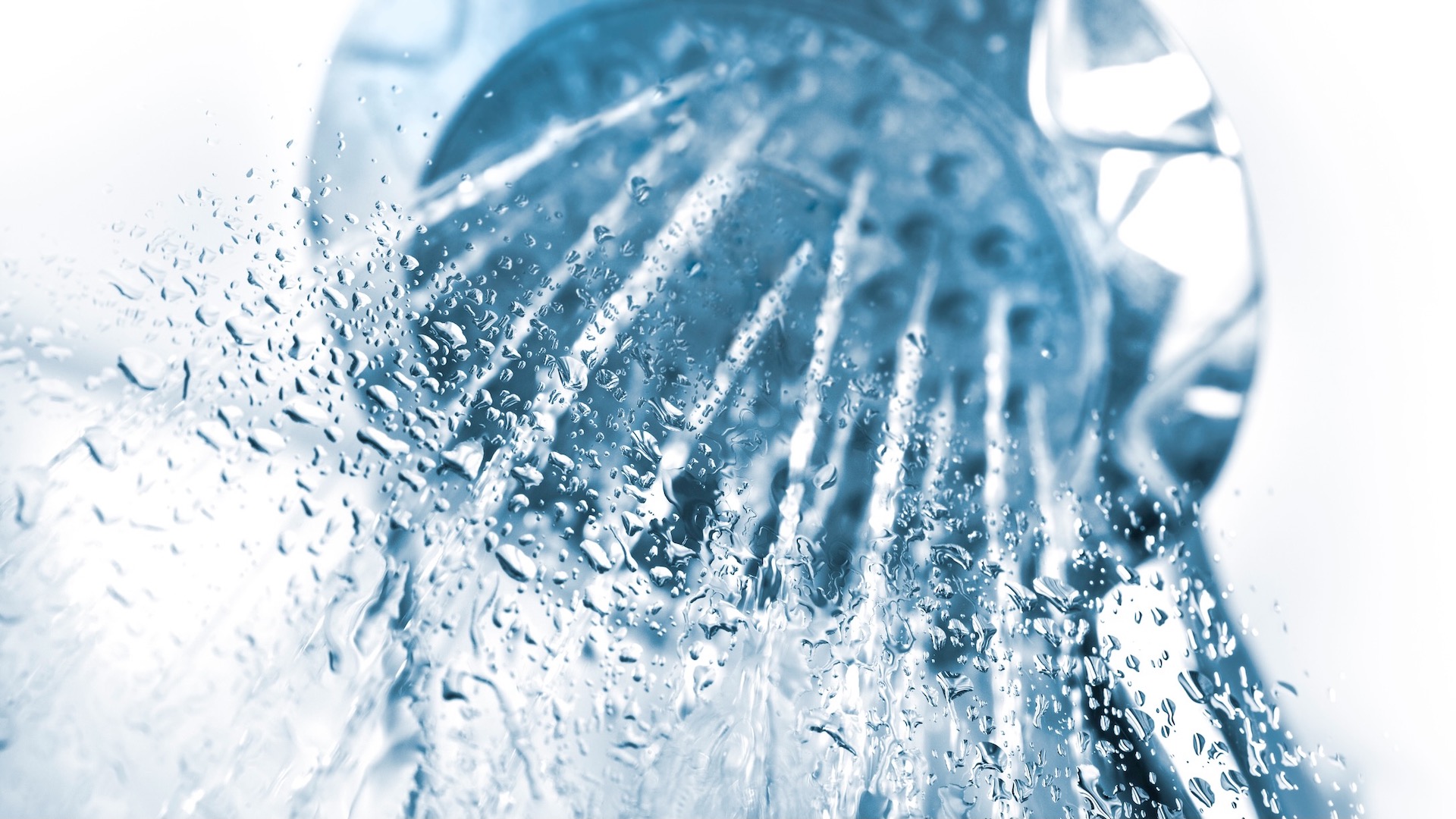
Tips for ice baths and cold water immersion
Before starting any cold water exposure or ice bath experiences, anyone with a heart condition should consult their doctor because cold exposure can put an increased strain on the heart.
It’s important for all runners to ease into ice baths and cold water exposure. Dr Young reports that the water temperature doesn’t actually need to be ice-cold to be effective. He reveals: “Most of the scientific studies used a temperature between 10 and 15 degrees centigrade.
“There is no guidance on what temperature to use, but what is important is that it has to be cold enough to feel a little uncomfortable, but not to the extent that it’s unbearable.
“The discomfort is important because it helps trigger the stress response in the body, which is part of the reason for its benefits.”
Dr Young points out that we each perceive temperature in different ways. He says: “It depends on many factors such as your metabolism, time of day and how used to the cold you are. So it’s important to check in with yourself and decide your own acceptable limits.”
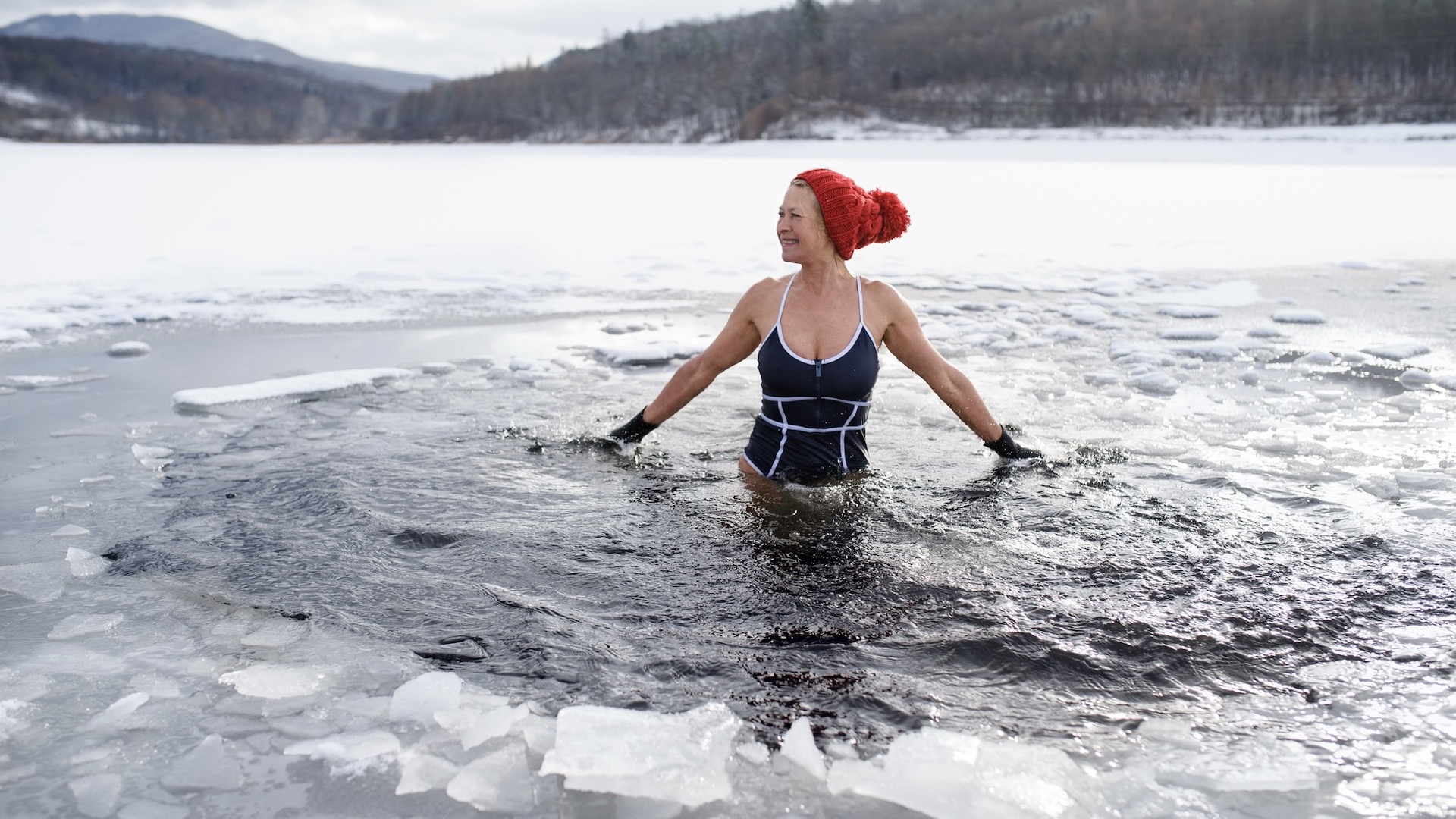
For most people, a cold shower is the most accessible way to benefit from cold water exposure. The advice is to start by taking a shower of normal temperature, then finish it with cold water. Runners should then build from there to increase the time of the cold part of the shower to be one or two minutes.
Dr Young says: “Up two two minutes should be enough to start experiencing the effects.”
The next step for runners is cold water swimming. Again, this should be done in stages and with a careful build up so that people become acclimatised. Dr Young suggests: “People are recommended to start in shallow water for short dips to begin with.
“It’s important to note that hypothermia is a risk of cold water immersion. When this sets in it can feel like your body is warming up.
“Another tip is to always plan how to get out of the water before you get in.”
When it comes to ice baths, the advice is that this practice should not last longer than a few minutes to up to 10 minutes.
Abdeh advises: “Ten minutes is more than enough time for a human to spend in such cold temperatures and reap the benefits that come with an ice bath. Any longer than this poses the risk of hypothermia.”
How to set up an ice bath
If you plan to give ice baths a try here is how to do it, here are some tips for doing so safely.
Fill a tub with cold water. This could be a bath, a small swimming pool or a barrel. Some people use a clean garden waste bin.
Fill the container halfway with cold water and ice. One to three bags of ice should be enough to achieve the optimal water temperature of between 50°F (10°C) and 59°F (15°C), but it does depend on your cold tolerance level. You can use a thermometer to check the progress of the melting ice in the water.
Wear a swimming costume or lightweight sports clothing. If it is also cold outdoors, you can choose to wear an insulated jacket – such as an old down jacket – so that it is only your legs that are exposed to the ice bath.
You can sit in the bath for a time of between a few minutes to 10 minutes. But again, it’s vital you build up to this and you choose the time according to individual experience. Any longer can leave you at risk of hypothermia.
The get out and warm up. Exit the ice bath slowly and immediately remove wet clothes. Dry off with a towel and then put on the dry and warm layers of clothing that you have sitting nearby.
It can be helpful to have a warm drink as well.
Other benefits of ice baths for runners
There are said to be further benefits of ice baths for runners. Fore example, cold water immersion is thought to be helpful for boosting mood. While studies have looked at the benefits of cold-water immersion on mental health, scientific evidence is still limited. However, there are many anecdotal accounts of cold-water immersion improving symptoms of anxiety, depression and post-traumatic stress disorder.
Dr Young explains: “It’s thought that cold water immersion can help to boost our mood. This may be related to the chemicals released in your brain with cold exposure. These include natural painkillers like beta endorphins, which help create a sense of wellbeing. Another is noradrenaline, which increases alertness and focus and may also contribute to this effect.”
Omar Mansour, a leading performance personal trainer and WithU fitness coach, adds that an ice bath after a run, can help to support the immune system. There are limited studies but one piece of research concluded that the stress-inducing noninfectious stimuli, such as repeated cold water immersions, activated the immune system to a slight extent.
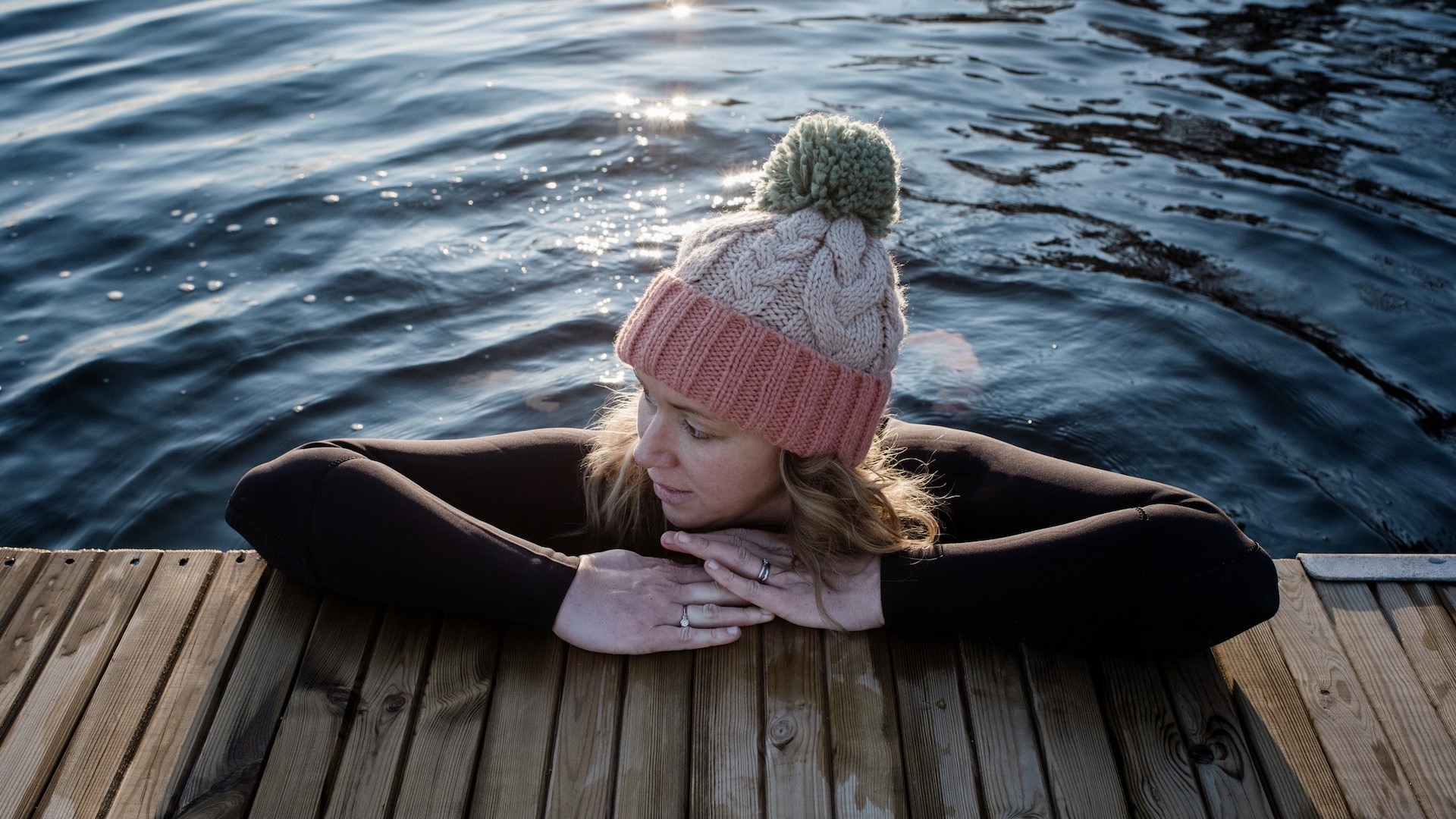
Conclusion: benefits of ice baths for runners
Whether you close to take a cold water dip or sit in an home-made ice bath or, you go to the extent of buying you own cryochamber, there is a growing weight evidence to show the benefits both physically and mentally. But don’t just jump straight in. It is vital for your safety that you build up slowly to being immersed in cold water.
And, if it is advocated by some of the world's best athletes – for example, British marathon runner Paula Radcliffe was known to be a big fan of ice baths at the height of her career – then why not give it a go yourself?

Fiona Russell is a widely published adventure journalist and blogger, better known as Fiona Outdoors. She is based in Scotland and is an all-round outdoors enthusiast with favorite activities including trail running, mountain walking, mountain biking, road cycling, triathlon and skiing (both downhill and backcountry). Aside from her own adventures, Fiona's biggest aim is to inspire others to enjoy getting outside and exploring, especially through her writing. She is also rarely seen without a running skort! Find out more at Fiona Outdoors.
